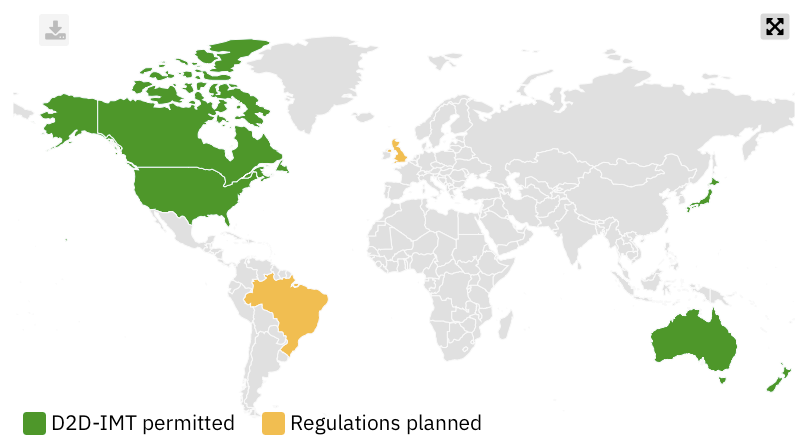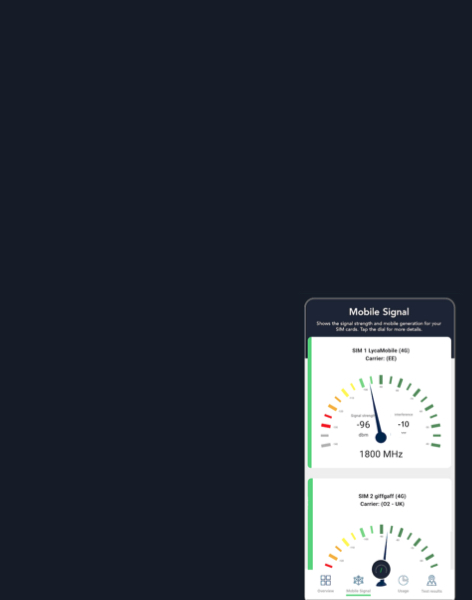New satellite D2D-IMT benchmark published
Our new benchmark profiles developments relating to the regulation and authorisation of satellite direct-to-device (D2D) services based on mobile operators’ licensed frequencies.
D2D-IMT refers to a service that uses mobile operator licensed frequencies to provide satellite-based coverage when a user is out of reach of a mobile operator’s network, such as in remote areas or during network outages. Such services are based on commercial agreements between mobile operators and next-generation satellite companies, such as SpaceX (Starlink), Lynk Global and AST SpaceMobile.
This novel spectrum use was not envisaged by existing international spectrum regulations. Currently, D2D-IMT satellite constellations rely on Article 4.4 of the ITU Radio Regulations, which permits them to operate on a non-interference and no-protection basis. However, this use of Article 4.4 is controversial, as no harmonised conditions have so far been agreed for protecting other spectrum users (including mobile networks and radioastronomy) from harmful interference from D2D-IMT services.

WRC-27The World Radiocommunication Conference (W… will consider this topic under Agenda Item 1.13, but regulatory work is already ongoing in some parts of the world to meet industry demand to launch D2D-IMT in the near term.
In the US, Canada, Brazil, the UK, Japan, New Zealand and Australia, regulatory frameworks have either been established or are being developed.
The new benchmark is now available to Spectrum Research Service subscribers.
